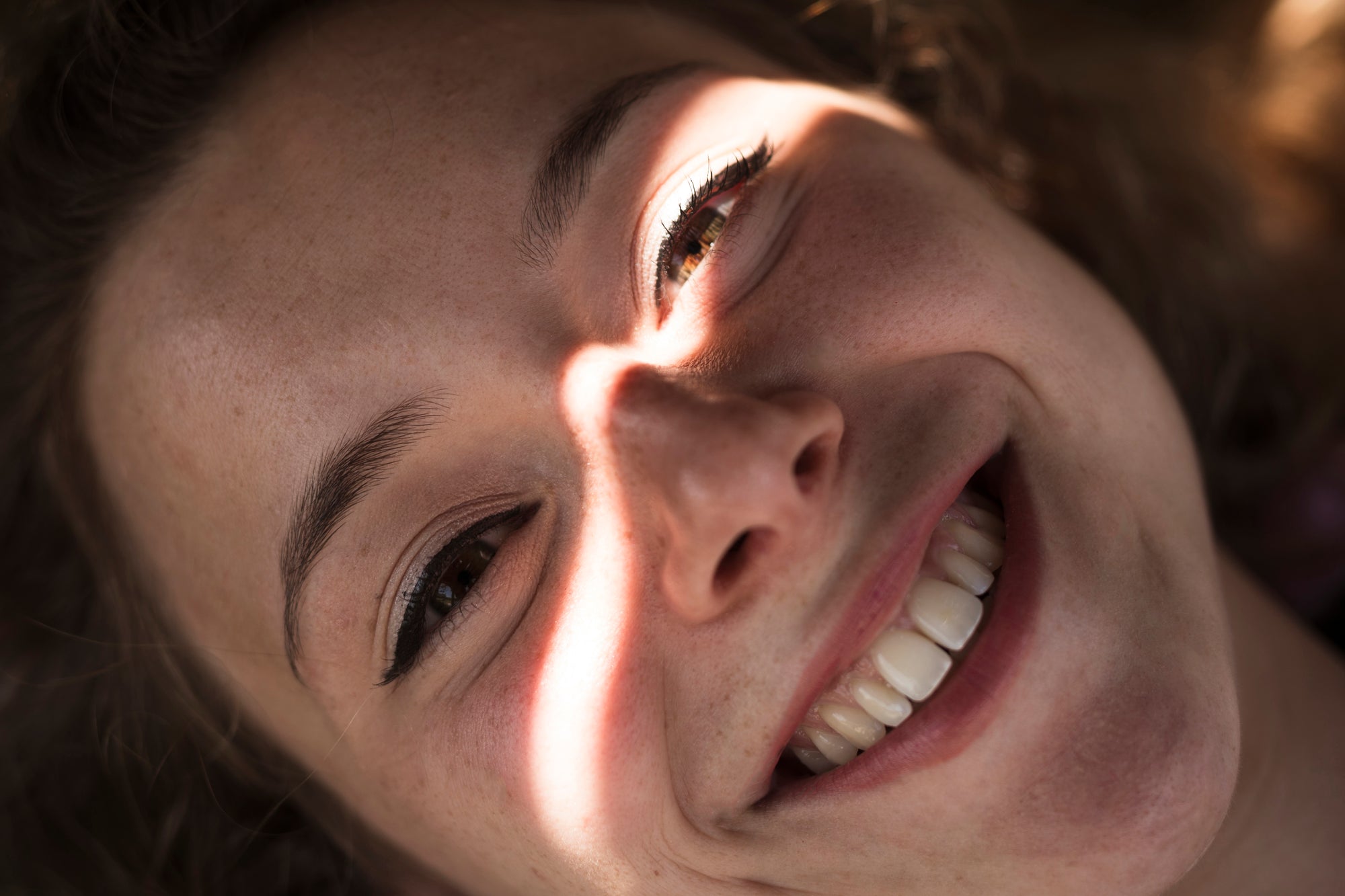In a ground-breaking discovery, scientists from the Graz University of Technology have uncovered the workings of a potent photoreceptor in our eyes that reacts to blue light. This revelation finds a strong link between blue light and enzymes in a body, and has significant ramifications for several industries, including medicine, blue light ophthalmology and optogenetics. This article delves into what this new research means for you and how it could benefit your health. Additionally, we direct you to the top blue light products so that you can use this new information.
Jump to Section
How Light Influences Living Organisms
Blue Light’s Effect on Our Body’s Enzymes
Unlocking the Potential in Medicine
The 3D Model Used in the Research
How Does This Affect You?
Harnessing the Power of Blue Light for Your Health
How Blue Light Influences Living Organisms
Life on Earth has always been fundamentally shaped by light. For example, plants bend their leaves and stems towards the sun to maximise growth. Humans' circadian rhythms, which control our sleep-wake cycle, are regulated by light. Photoreceptors are proteins in our body that detect various colours and light intensities and control these complex activities.

Blue Light’s Effect on Our Body’s Enzymes
Researchers from the Graz University of Technology have just revealed a remarkable photoreceptor. Photoreceptors are specialized neurons in the retina of the eyes that convert light into electrical signals. Their research, published in Science Advances, is on the protein diguanylate cyclase, often present in various bacteria. The enzymatic activity of this protein creates a principal messenger molecule that directs bacterial behavior. This protein is completely inactive when in the dark. However, its enzymatic activity soars when exposed to the blue components of daylight.
As Head of the Photobiochemistry Working Group at the Institute of Biochemistry at TU Graz Andreas Winkler explains, "The protein's enzymatic activity is about 10,000 times higher when it is exposed to light than it is in the dark."
Unlike other photoreceptors, which show activity increases of 5 and 50 times in response to light, this photoreceptor exhibits an extraordinary rise in activity. This protein functions as an on-off switch that reacts quickly to light.
Let’s understand the protein's structure to see how it functions. The protein has two regions; one is in charge of detecting blue light and the other is catalysing chemical reactions. The structure of the protein changes when it is exposed to blue light. It is compact and inert in the dark, but it stretches and joins the previously separate segments when exposed to light. This creates messenger molecules, which alert the bacterium to environmental changes. The bacterium can thus adjust to its new environment by creating biofilms that increase its resistance to outside pressure. The change in activity shows a strong link between enzymes and blue light in our eyes.
Unlocking the Potential in Medicine
The primary author of the blue light study and a PhD candidate at the TU Graz Institute of Biochemistry, Urula Vide, is enthusiastic about the results of this investigation. According to her; understanding the mechanism behind this blue light-activated enzyme switch opens the door to possible applications in various disciplines. Optogenetic medical therapy techniques are one potential area. Imagine a medicine that can only act when and where needed in the body, with minimal side effects, thanks to a light-regulated protein switch.Additionally, the study of cell biology may be revolutionised by this light-induced protein switch. Scientists could accurately cause particular chemical modifications. But we still need to catch such practical implementations of this particular switch, as Winkler rightly observes.
The 3D Model Used in the Blue Light Studies
The researchers didn't separate the protein from the original bacteria for their tests. Instead, they created it in a lab. They investigated its structure using X-ray diffraction and created a 3D model. The scientists were able to determine how the protein's structure changes in response to exposure to blue light by using this model. These discoveries offer priceless knowledge regarding the molecular operation of this biological switch.
How Does This Link Between Enzymes & Blue Light Affect You?
You may be asking how this link between blue light and enzymes in our body affects your daily life. There are crucial lessons to remember even when practical applications are still being developed:

Blue Light’s Affect on Eyes:
This study confirms that light significantly impacts all living things. It reminds us of the complex processes by which our bodies react to environmental cues like light. It emphasizes how our bodies are affected by the natural light fluctuation during the day and night.
Future Medical Advances:
Exciting opportunities exist in medicine due to the ability for precise, light-regulated drug delivery. This might help us create more efficient treatments with fewer negative effects. The scientific community will gain a lot from this finding because it makes it possible to manipulate cellular processes more precisely for research purposes. In the end, this might result in novel discoveries.
Harnessing the Power of Blue Light for Your Health
While we wait for the applications of this discovery by scientists, you can start adjusting the blue light you are exposed to. Given that blue light naturally occurs during the day, and not at night, consider adjusting your blue light exposure accordingly.
Exposure to Natural Light:
To guarantee your body receives its recommended daily allowance of blue light, spend time outside during the day, particularly in the morning. Your circadian cycle will be better regulated as well as your general mood and level of attentiveness.
Limit Artificial Blue Light at Night:
Artificial blue light from screens, such as those on computers and cell phones, might interfere with your sleep. To lessen the impact, consider using blue light filters on your gadgets or donning blue light-blocking eyewear at night. If you don’t want to wear glasses, consider replacing the lighting at your home with blue-free lights.

When using blue light products, ensure they’re high-quality products created in line with the latest research. Many cheap blue light products don’t filter the high-energy wavelengths of light. Read this article to learn the difference between a real pair of blue light glasses and a fake one, and also to learn the optimal blue light filter’s wavelengths.
Keep Up:
Keep up with the most recent advancements in the study of blue light. More specialized services and goods to improve your well-being might become accessible as our knowledge expands.
In conclusion, the new investigation into how blue light affects enzyme activity represents a fascinating finding. The potential advantages for medicine and research are encouraging, even though actual applications are still being developed. While you wait, controlling your blue light exposure might benefit your general health and well-being. Subscribe to our newsletter to stay updated, or read the following articles to learn more about blue light and your health:
- Do Doctors Recommend Blue Light Glasses?
- How Can I Buy Prescription Glasses That Filter Blue Light?
- Where Does Blue Light Come From?
- Are LED Lights Bad For Your Eyes
- Which Is Better: Computer Glasses or Blue Light Glasses?
References:
https://www.technologynetworks.com/proteomics/news/enzymes-that-can-be-controlled-with-blue-light-377249





